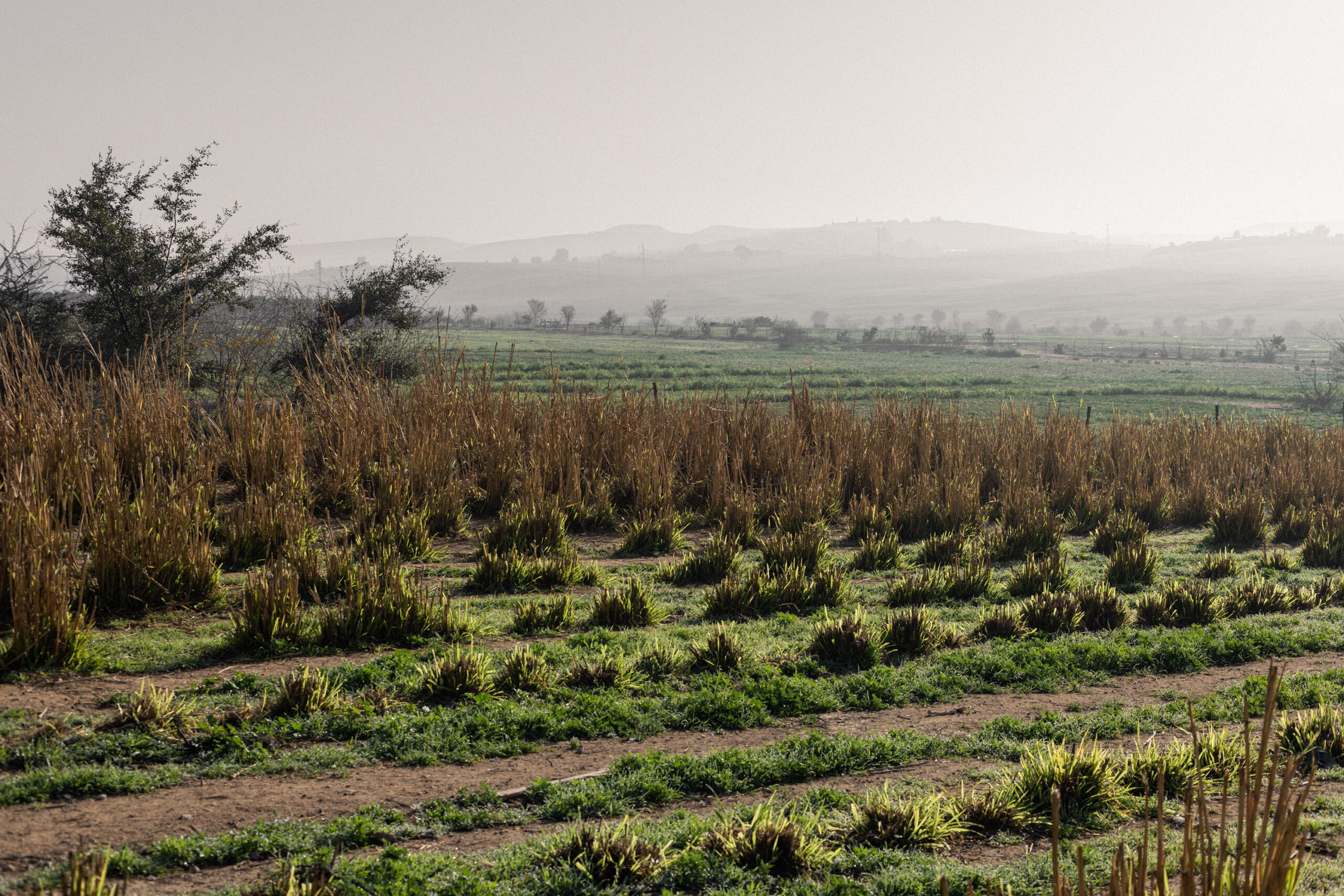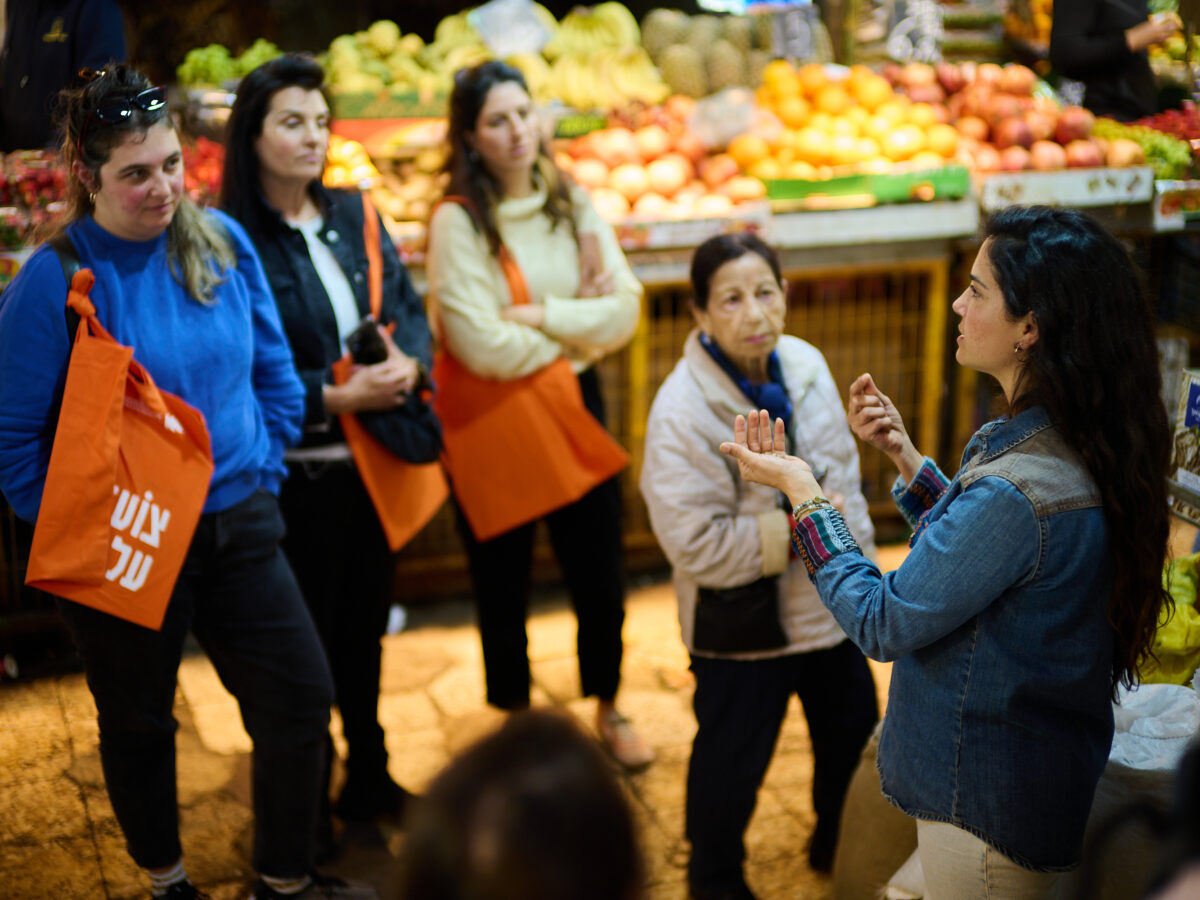With rising global temperatures, population growth, and shrinking fertile land, a growing number of scientists believe the desert could hold the answers to a looming food crisis. In the Negev and Arava, Bedouins and food-tech start-ups alike are preserving ancient ways of growing food in this arid climate and finding new ones.
This Passover, as we retell the story of the Israelites roaming the desert, we’re celebrating the fruits of local desert artisans in a special holiday box co-produced with Kaiten. Inside, you’ll find Samar Silan, afiq (dried yogurt stone) from the Wadi Attir project, desert olive oil from Marom, and much more.
Like the Four Questions of the Haggadah, we asked four experts including a researcher at the Volcani Institute and the director of a medicinal plant project about growing in the desert past and present.
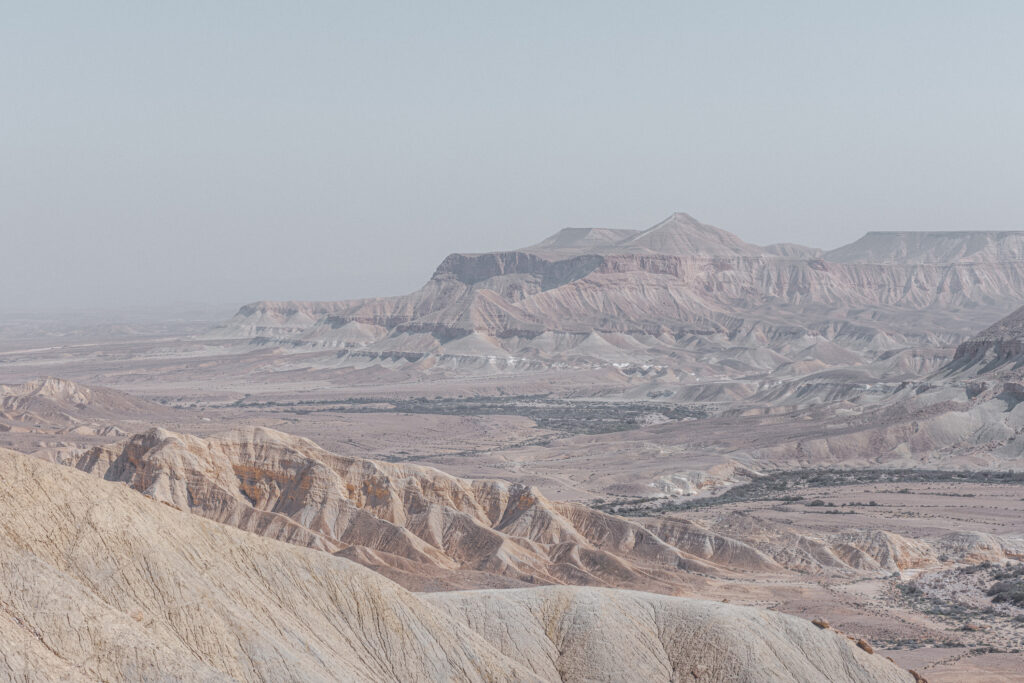
A Culinary “Ma Nishtanah”: How were the years of roaming in the desert culinarily different for the Israelites?
When the Israelites left Egypt, they were forced to separate from the emblematic ingredients of their lifestyle in Egypt and adopt new symbols that matched their new life, explains Dr. Tova Dickstein, a researcher of ancient Hebrew food. “Food teaches us a lot about the symbolic role of the desert in this transformation.”
Located on the shores of the Nile River, Egypt had crops irrigated by its waters as well as cattle for eating, and risen loaves of bread. “When the Israelites left, they had to give up on cultivating vegetables and replace them with wild desert plants, which they called merorim, from the Hebrew word mar, or bitter. They could no longer raise cows — which were deeply associated with Egyptian civilization — and had to settle for sheep and goat grazing. There’s a reason that the first Passover sacrifice is a lamb. And finally, bread: While the Egyptians had closed stone ovens, which allowed the dough to rise, in the desert, the Israelites baked flatbread over fire. In a sense, you could say the desert allowed them to cut loose from the past, so that they could start a new life in Eretz Yisrael.”
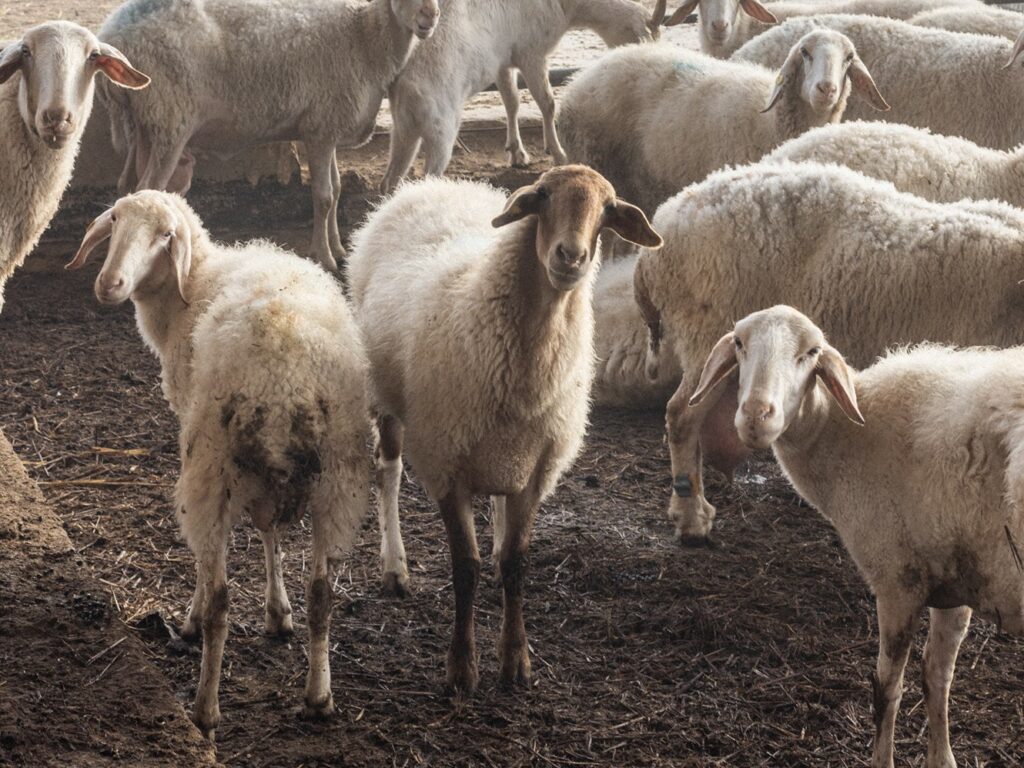
How are desert plants different from those grown in other climates, and why should we seek them out?
Plants growing in the desert’s severe climate conditions experience stress, and produce more natural defense substances to survive, giving them “superpowers” – or in other words, making them extremely nutritious, explains Dr. Zipora Tietel, who researches the food chemistry of desert crops at the Volcani Institute.
“In our research lab, we can see this richness clearly. These plants are rich not only in vitamins, but also in polyphenols, organic compounds which have a high concentration of antioxidants, anti-inflammatory substances, and compounds which are vital to a healthy life,” she adds.
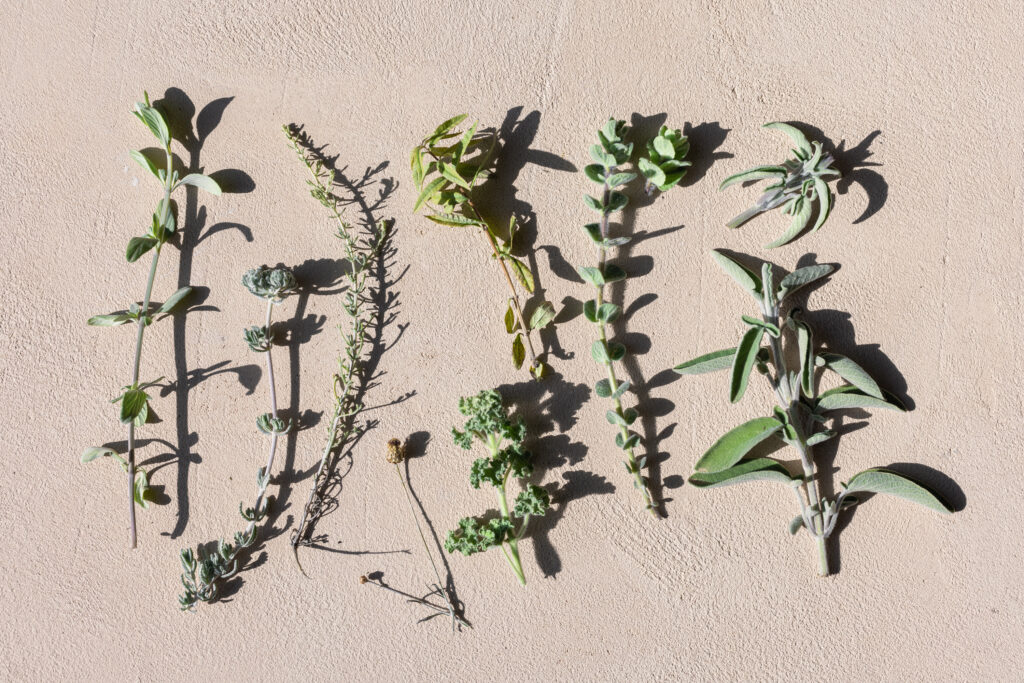
How does Bedouin food culture adapt to the desert seasons?
Ali Alhawashla, a resident of Hura in the north of the Negev, is an expert in gathering wild desert plants. As the director of the Medicinal Plants Operation at Project Wadi Attir, he works to leverage traditional Bedouin traditional knowledge and traditions with modern-day science and cutting-edge technologies. From an early age, Alhawashla began studying the characteristics and uses of native healing plants, conducting experiments. He is now collecting this extensive experience into a book, which will first be published in Arabic, and then, hopefully, in Hebrew and English.
“It’s important to pass this traditional knowledge on to the next generations. The Bedouins’ have adopted a lifestyle which naturally suits their desert environment – from the way they chose to make their tents, to the location and form of placing them, and down to the details of their clothing and food.” Nutrition, he adds, changes by the season: “In winter you consume preserved products made in spring and summer, like afiq (dried yogurt), leben, samneh (clarified butter), dried wild plants, and preserved meat. At the end of winter and in spring, we rely on wild plants and of course, on wheat, which is planted every year.” While he works on his forthcoming book, Ali also leads workshops in schools in the Negev.

How is the desert being developed today?
According to Alon Turkaspa, Ag & Food Tech sector lead at Start-Up Nation Central, global awareness of food insecurity has boosted investment in desert development. “The Southern Israeli desert is more relevant than ever to strengthening Israel’s economy. It will provide us with opportunities for energy efficiency solutions, advanced desert agriculture, and development and cultivation of new varieties. In 2022, for example, an unprecedented government decision allocated 170,000,000 NIS [approximately $47 million] to transforming the city of Eilat and the greater district of Eilat into a local and global center for producing food from the sea and the desert. In the city of Rahat, a tech hub called InNegev was founded to promote start-up companies committed to developing technological innovation in the Negev and the South. There are eight active companies so far.”
